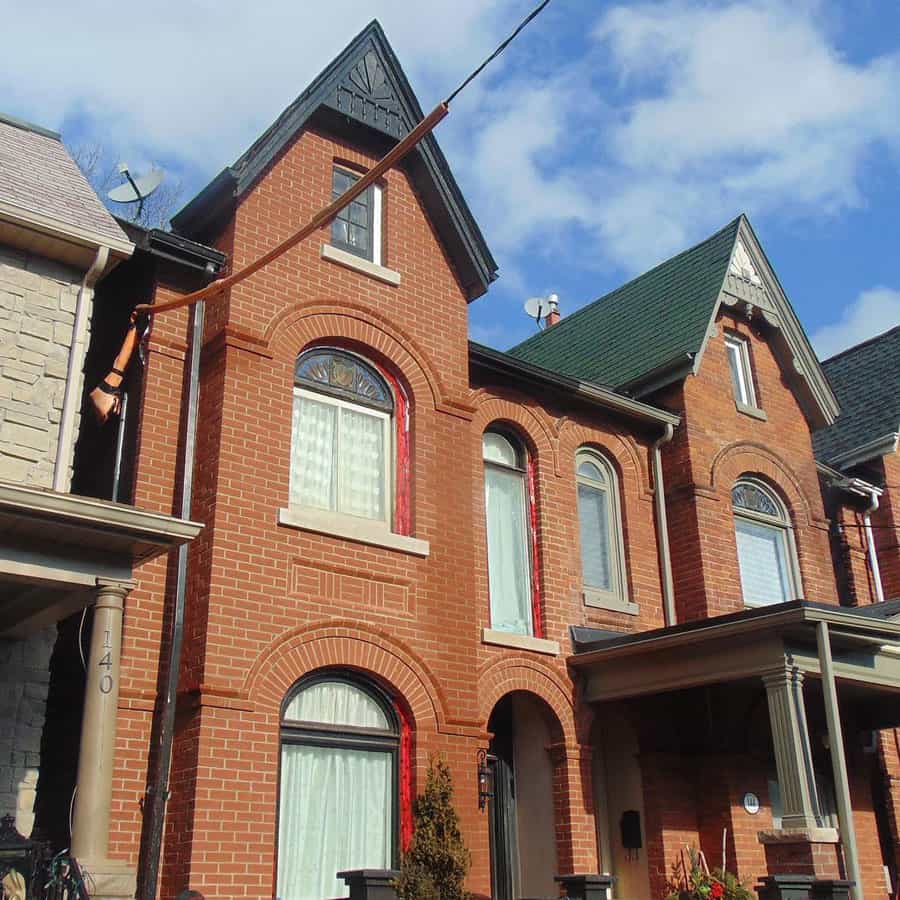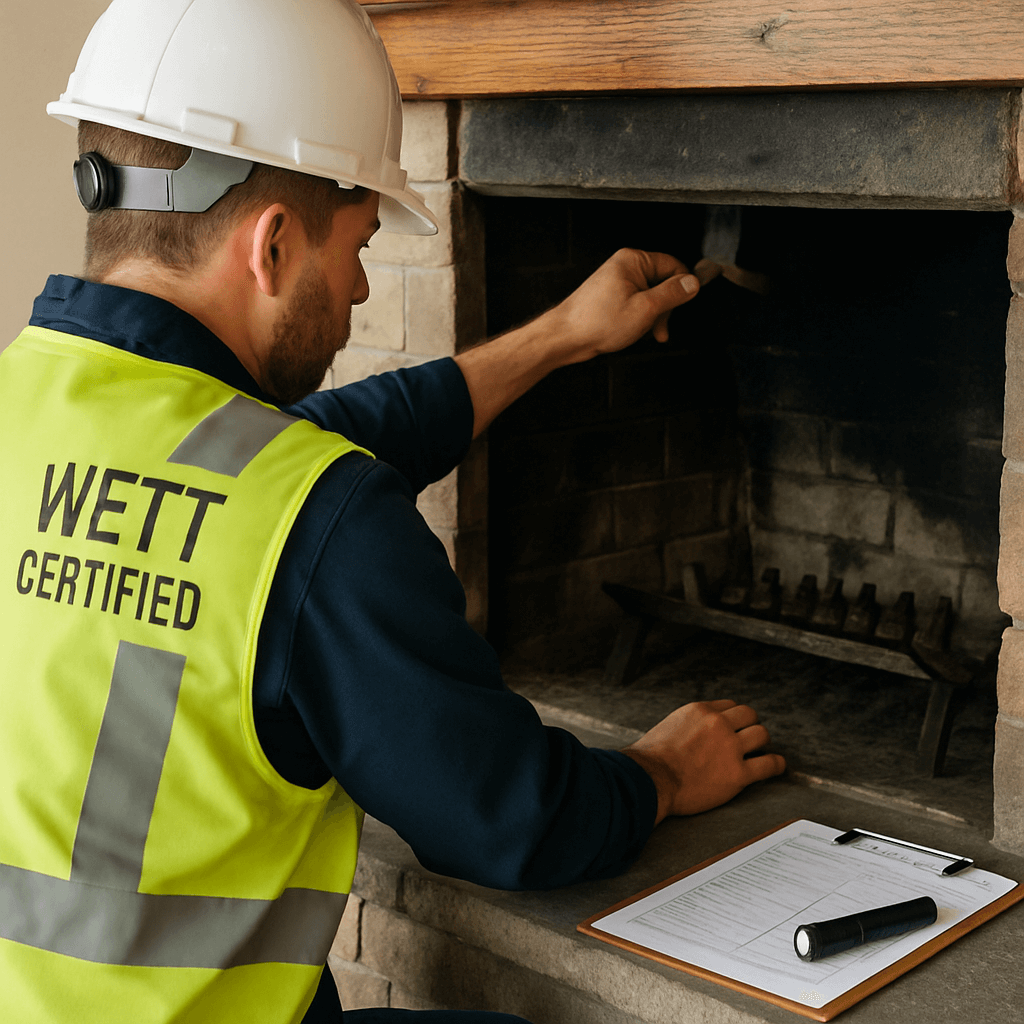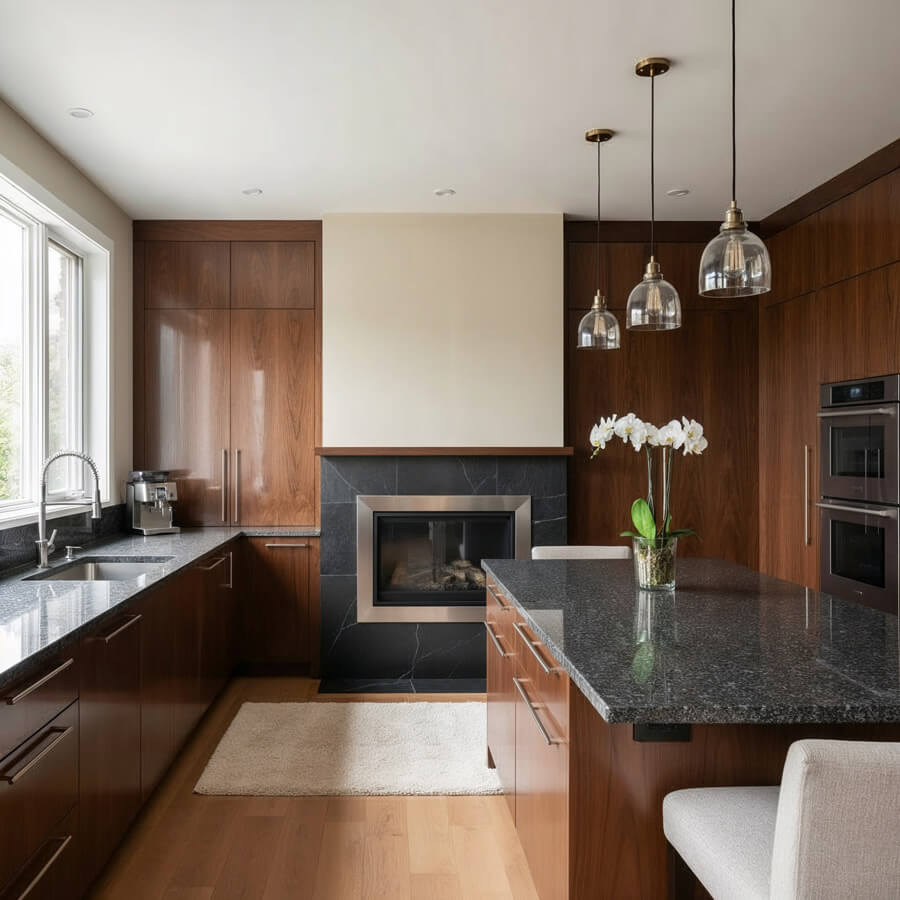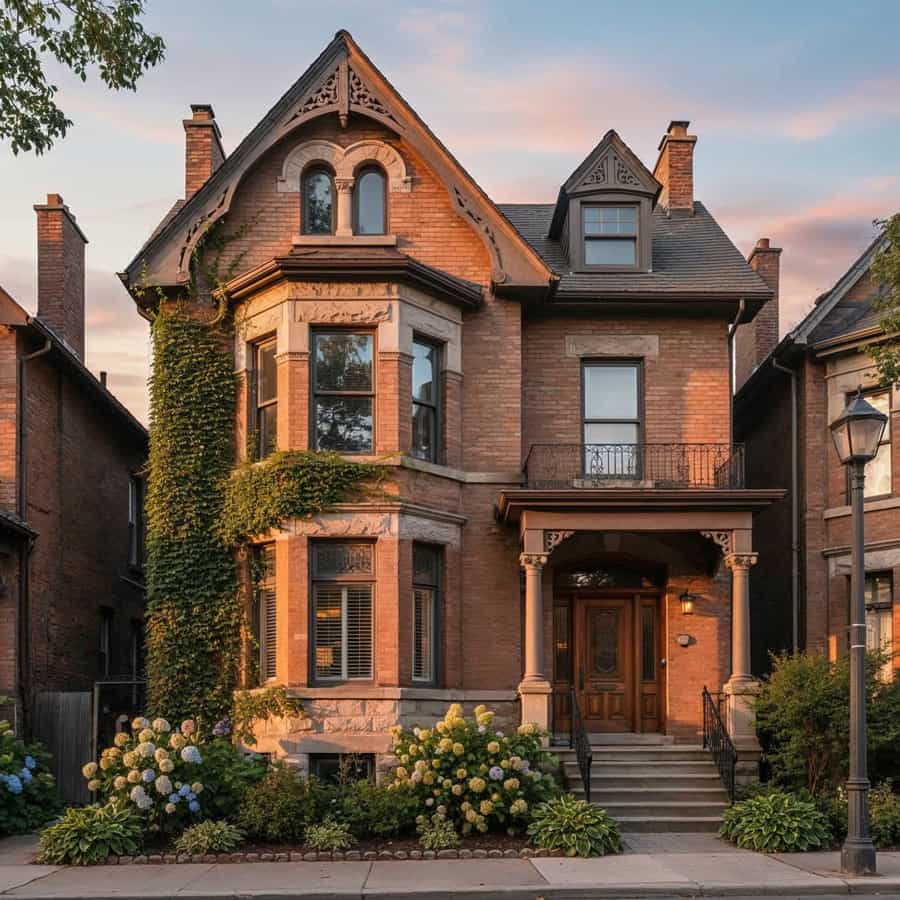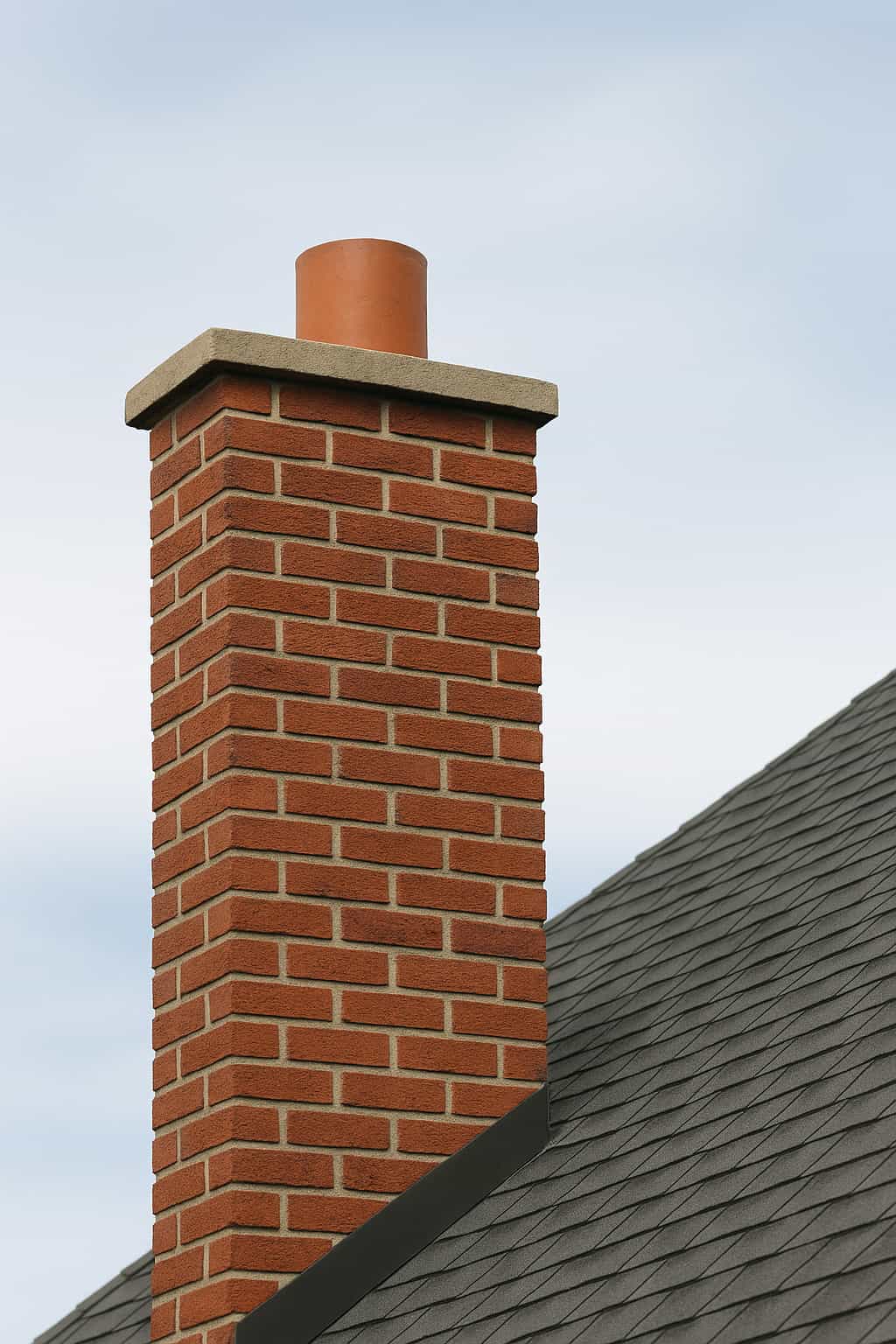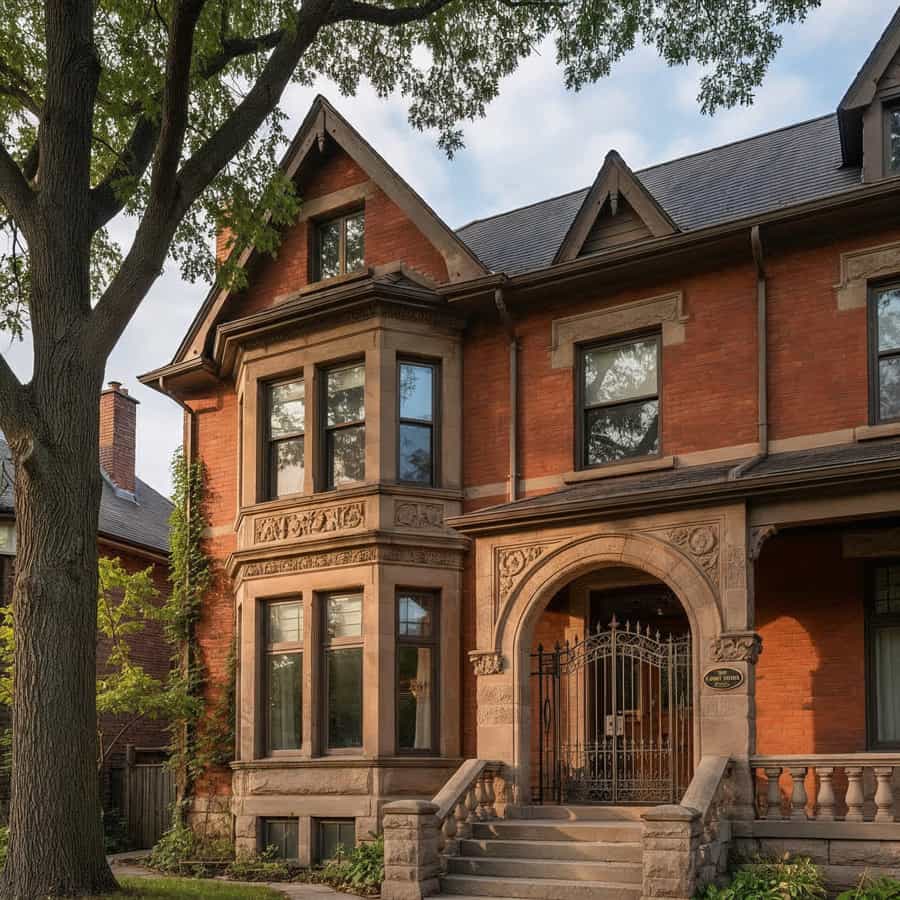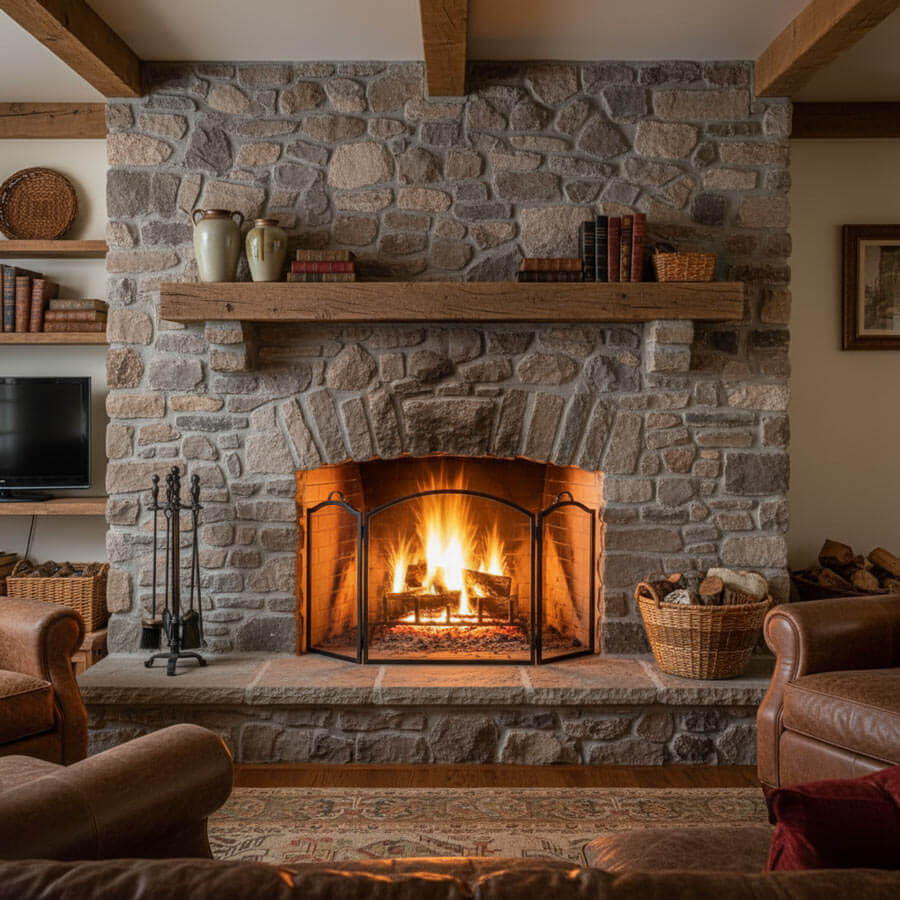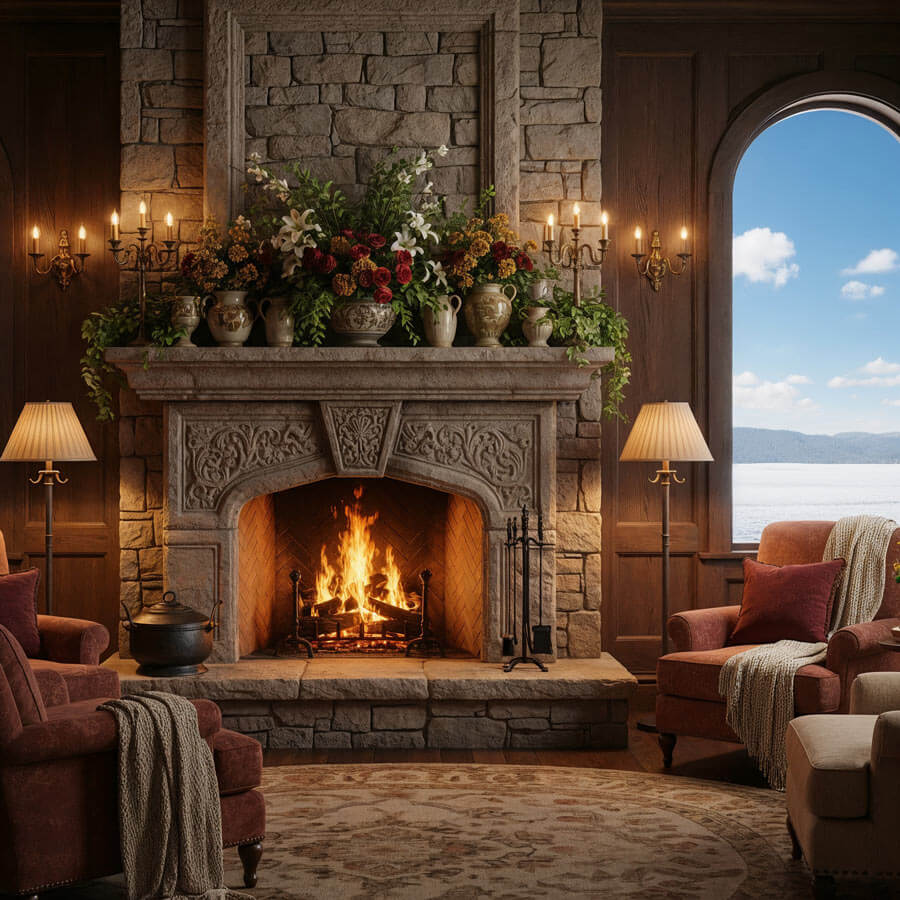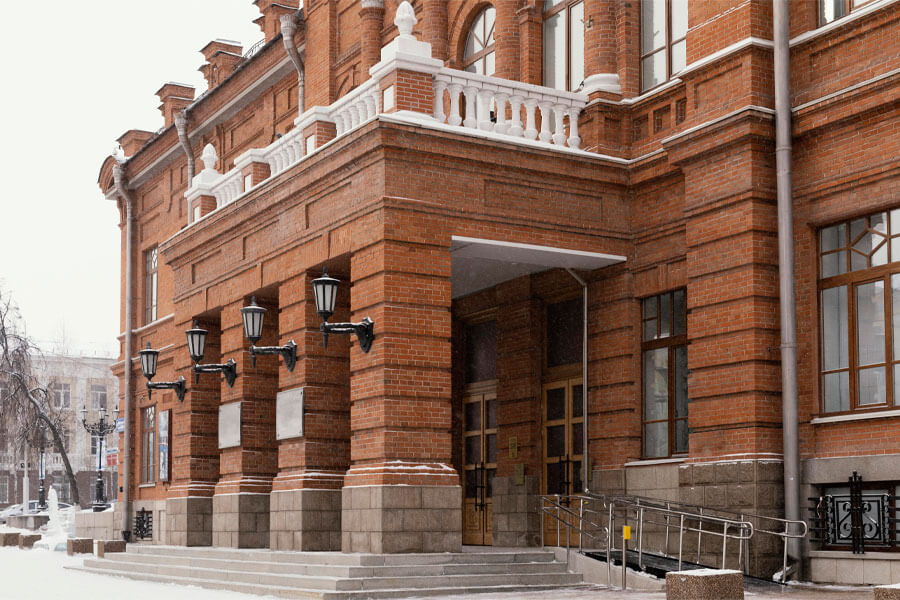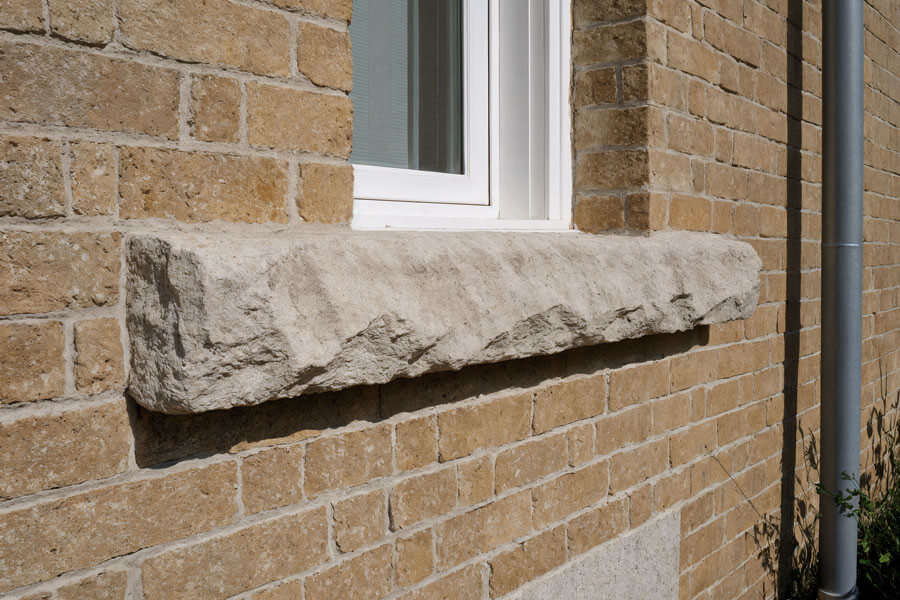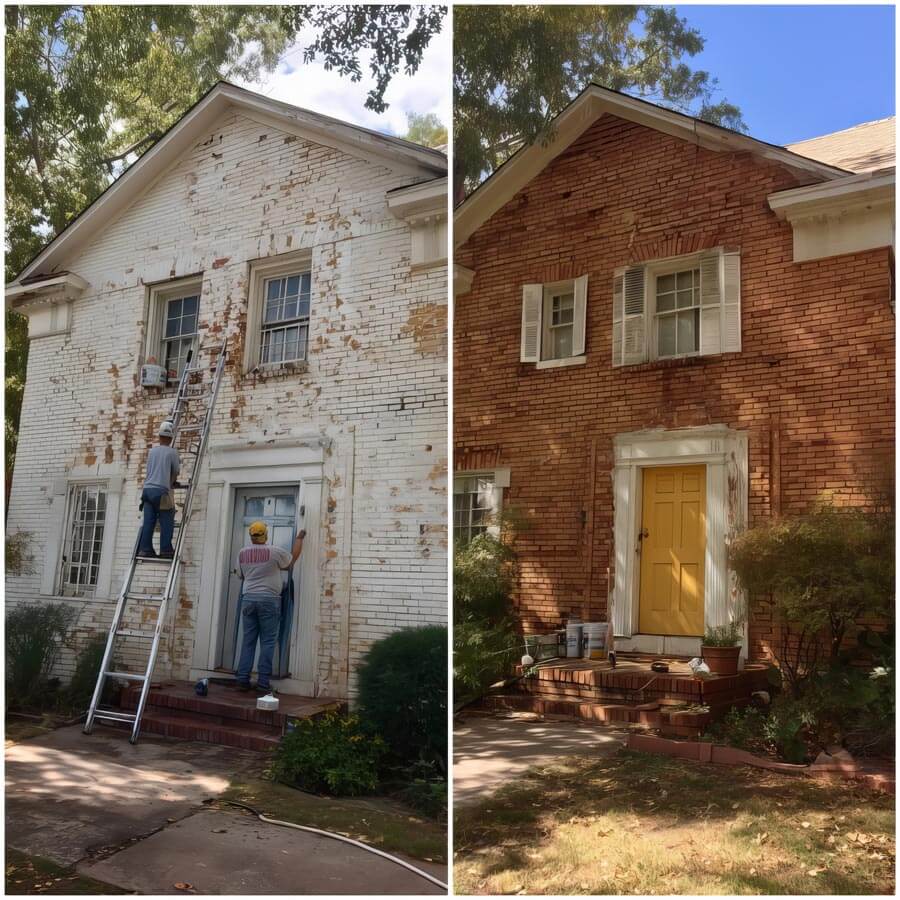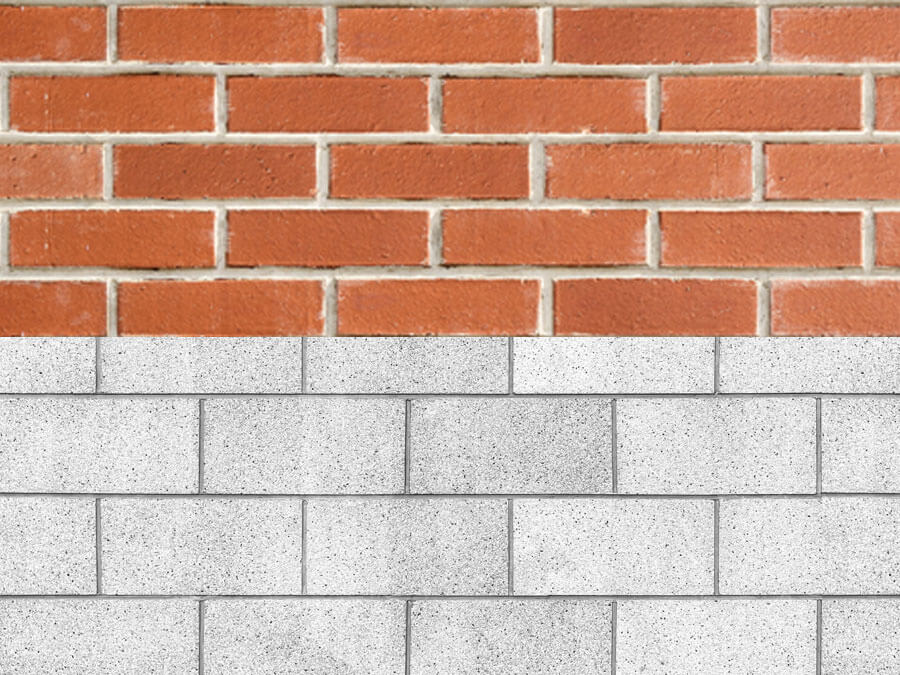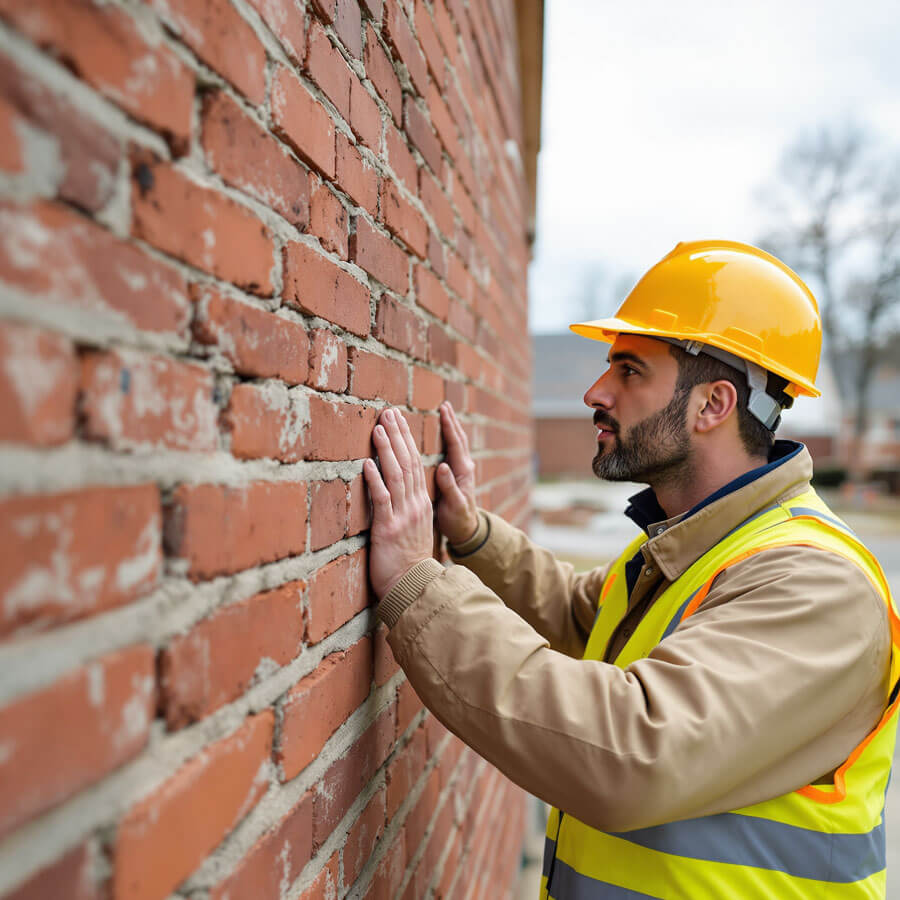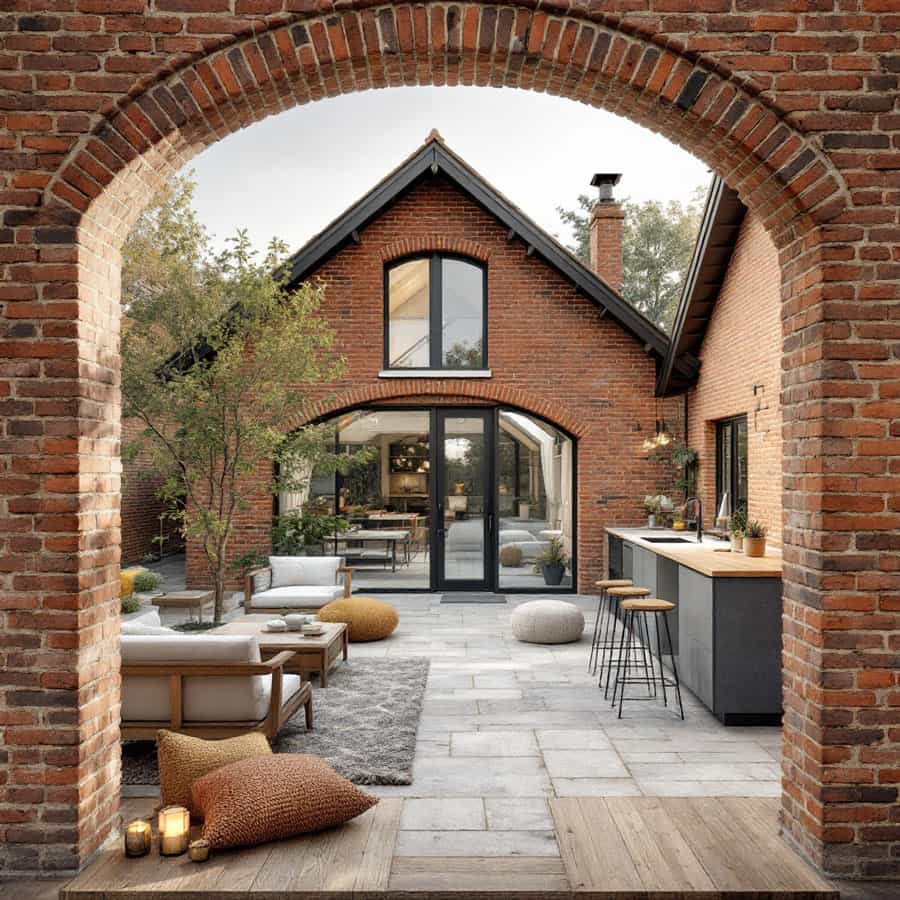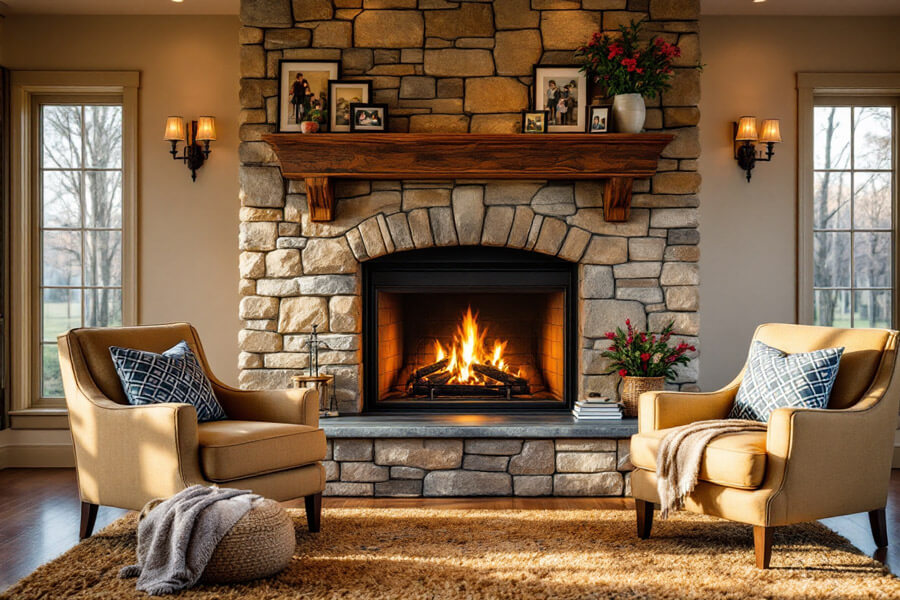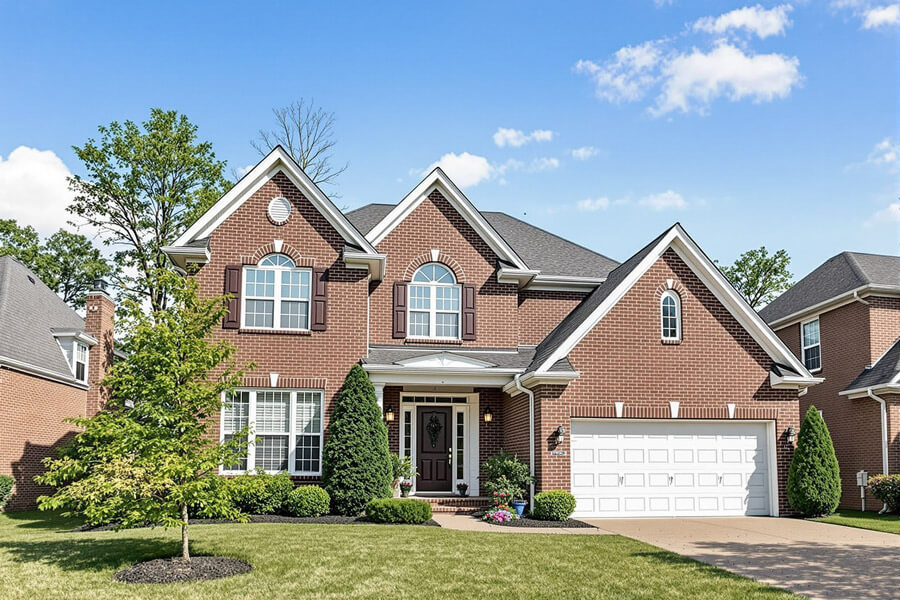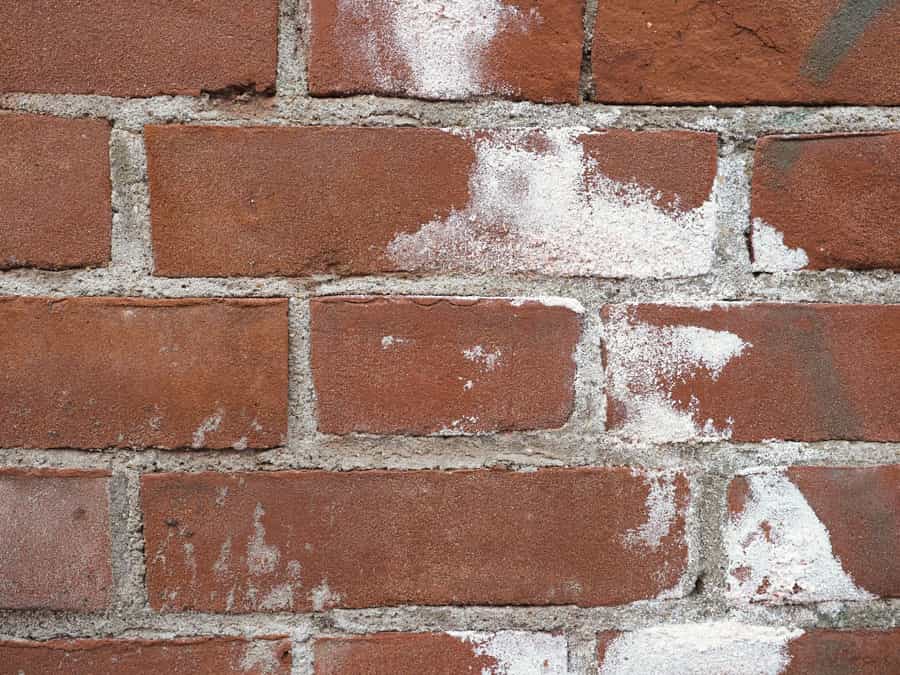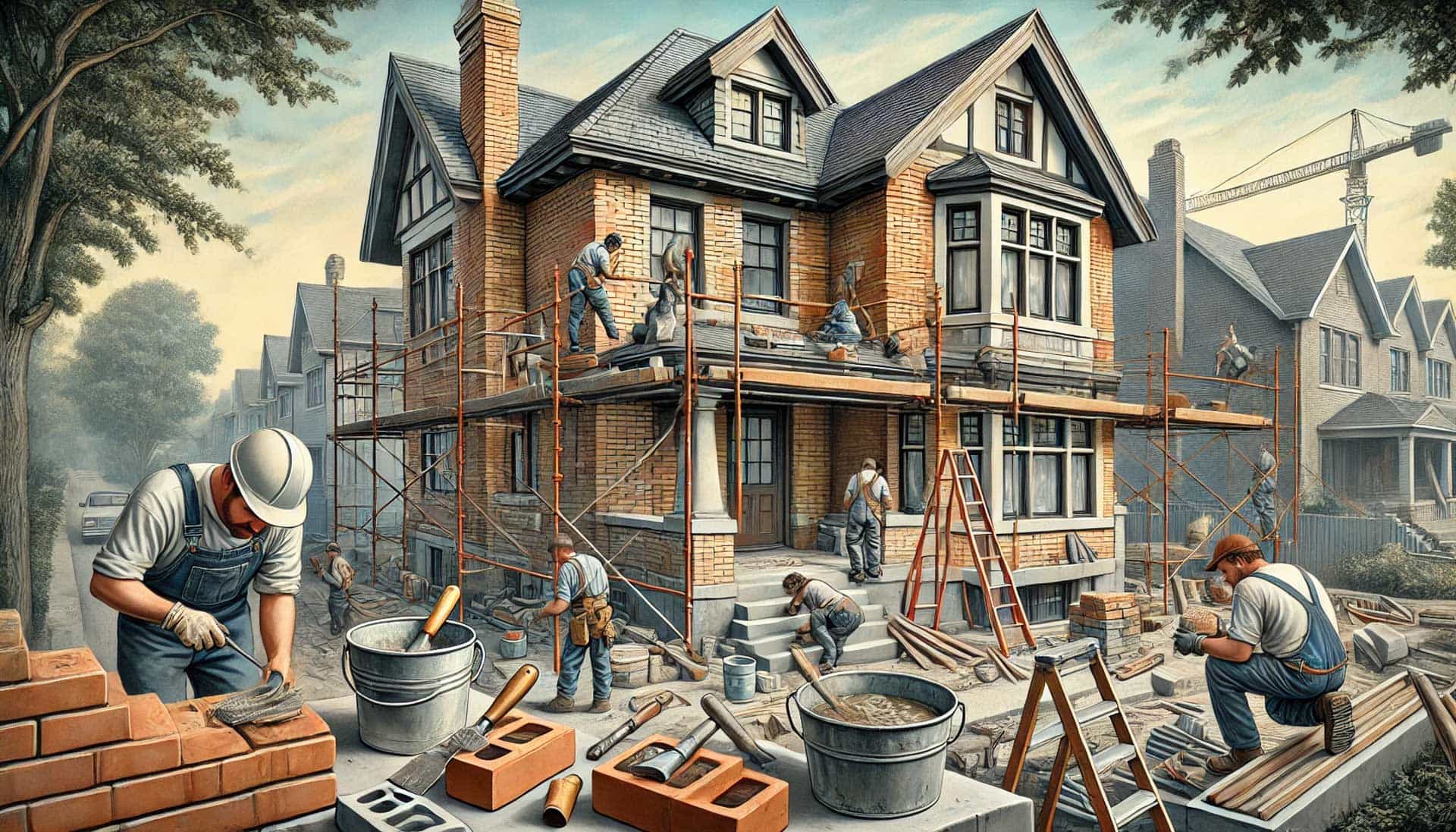10 Masonry Myths Debunked: Discover the Truth Behind Brick-and-Mortar Misconceptions
Masonry is surrounded by many myths. Whether you’re planning a new build or taking care of existing ones, knowing the facts about masonry can save you both time and money. Getting the facts straight on cement and brickwork helps you make smart decisions for your property.
We’re here to clear up masonry myths that have been around for a long time. We’ll tackle myths from the durability of brick to the belief that masonry is just for looks. Our goal is to provide a detailed guide for property owners and managers in Canada who need trustworthy masonry work.
Key Takeaways
- Understanding the true durability and benefits of masonry.
- Debunking the notion that masonry is only for visual appeal.
- Clarifying common misconceptions about concrete and brickwork.
- Highlighting the eco-friendly aspects of masonry materials.
- Showing the importance of technical skills in masonry repair.
- Explaining how modern masonry can withstand earthquakes.
Introduction: Common Misconceptions About Masonry
Masonry is an ancient craft with a rich history and advanced techniques. Yet, many masonry misunderstandings still exist. These misunderstandings can impact building construction choices negatively. Recognizing these myths is key to benefitting from true expert masonry advice and using sustainable building materials correctly.
Why Addressing Myths is Important
Debunking myths is crucial for many reasons. Firstly, myths can wrongly steer your construction decisions, often leading to unnecessary expenses and reduced quality. By clearing up these misconceptions, you gain the insight to make smart choices. This ensures your construction projects are durable and efficient.
Impact of Myths on Building Practices
Misinformation can harm your building’s strength and longevity. Wrong beliefs might lead to the wrong use of materials or bad techniques. This risks the stability of your buildings. Also, ignoring sustainable building materials can harm the environment. Sharing accurate expert masonry advice regularly is crucial for maintaining high standards and trust in masonry’s dependability.
The Myth of Brick Durability
Many think bricks will last forever. It’s true they last a long time, but their true strength should be explored. This involves looking at their quality, how they’re made, and what they’re exposed to.
Some say bricks can face any challenge without damage. Yet, weather, moisture, and temperature can wear them down. Still, if you keep brickwork in good shape, it can last over a hundred years. This shows masonry’s remarkable strength.
When it comes to toughness, brick masonry often beats other materials. Even though concrete and steel are strong, they might need more care than brickwork. The secret to keeping bricks strong is proper setup and consistent care.
The strength of a building isn’t just about bricks or mortar. The skill in masonry, the materials used, and the design also play a big role. Bricks can be a solid choice for a long time if these aspects are considered well.
| Material | Expected Life Span | Maintenance Needs |
| Bricks | 100+ years | Low to moderate |
| Concrete | 50-100 years | Moderate |
| Steel | 50-100 years | High |
Bricks are tough and durable, but it’s key to know their limits and care needs. By learning about these, owners can make smart choices. This will keep their buildings strong for a long time.
Masonry is Only for Aesthetic Appeal
Masonry is not just about looks. It also offers structural and energy-saving benefits. Let’s explore how it helps beyond just being pretty.
Structural Benefits of Masonry
Masonry stands out for its toughness and longevity. It’s often chosen for its ability to bear severe weather. Its strength not only guards your property but also cuts down on upkeep costs.
Energy Efficiency of Masonry Walls
Masonry boosts energy efficiency in construction, too. Its walls have great thermal mass. This means they can store heat during the day and let it out at night. Such natural insulation lowers the need for heating and cooling devices, saving energy.
Energy performance ratings show masonry’s effectiveness. Buildings with masonry walls use less energy. They have lower utility costs and a smaller carbon footprint. Choosing masonry supports eco-friendly building methods.
| Feature | Benefit |
| Durability | Withstands extreme weather conditions |
| Maintenance | Reduces long-term maintenance costs |
| Thermal Mass | Enhances indoor temperature regulation |
| Energy Efficiency | Lowers utility bills |
| Environmental Impact | Reduces carbon footprint |
Concrete Blocks are Naturally Waterproof
Many people think that concrete blocks can resist water on their own. But it’s important to know that this isn’t true. Concrete blocks are chosen for building because they are strong. However, they are not completely waterproof by nature. Believing they can cause big problems later.
Concrete is porous, allowing water to pass through easily without protection. This is why masonry waterproofing is key. Applying the right waterproofing methods can greatly increase the concrete block water resistance. This step helps guard your structure against water damage.
To better understand the necessity of masonry waterproofing, here’s a detailed comparison:
| Aspect | Without Waterproofing | With Waterproofing |
| Water Penetration | High | Low |
| Durability | Compromised over time | Enhanced durability |
| Maintenance | Frequent repairs needed | Minimal maintenance |
| Cost | Higher long-term costs due to repairs | Reduced overall costs |
Waterproofing your masonry correctly is crucial. It keeps it strong and against water damage. Solutions like coatings, sealants, and membranes better the concrete block water resistance. These are vital for any construction work. By choosing to waterproof, you’re securing your building from water harm. This means it will last longer and cost less to keep up.
Repairing Masonry Cracks is Easy and Quick
Fixing brick cracks might seem simple, but it’s not. It requires more than minimal effort and basic knowledge. To fix cracks properly, you need specific skills and the right tools for masonry.
Technical Skills Required
Masonry repair is not an easy DIY task. It calls for a deep understanding of the structure and materials. You must know how to assess damage, find the cause, and make precise repairs. Years of training and experience are necessary. Without proper skills, the building’s safety might be at risk.
Tools and Materials Needed
For a lasting masonry repair, you need more than a quick fix. Specific tools, like trowels, levels, and chisels, are essential. You also need the right mortar and bricks to match the existing structure. Choosing high-quality tools and materials ensures a repair that lasts and looks good.
Old Bricks are Always Better
The beauty of antique brickwork and its history makes us think old bricks are the best. Yet, historic masonry brings its charm and sense of the past. But we need to look at how good they are and how they look.
Old bricks came from local clay and were made in the old ways. This might change how strong and lasting they are. New bricks are made with today’s standards. This means they have the same good features. New bricks are often the better choice because they’re reliable and made better with new tech.
Let’s look at the differences between old and new bricks:
| Aspect | Old Bricks | New Bricks |
| Aesthetic Appeal | Historic charm, unique textures | Modern designs, consistent colours |
| Durability | Depends on condition and age | High, due to standardized production |
| Availability | Limited, may require sourcing | Widely available |
In the end, historic masonry is charming, but we must choose what’s right for our project. Deciding between old or new bricks is key. Mixing antique brickwork with today’s brick quality standards may give the best and longest-lasting results.
Masonry Structures Cannot Withstand Earthquakes
Many think masonry structures are not strong against earthquakes. But, modern engineering has changed that. Now, there are advanced techniques to make these buildings much stronger.
Modern Techniques and Reinforcements
Today’s methods use special materials and techniques for earthquake safety. Things like steel rebar, better mortar, and flexible joints help buildings stand strong. These earthquake-resistant building techniques make masonry structures safe, durable, and good-looking.
Case Studies of Masonry in Earthquake Zones
Looking at real-life examples shows these techniques work. In Vancouver, old brick buildings got seismic upgrades. This keeps the city’s look and makes it safer. In Christchurch, New Zealand, masonry helped rebuild after big earthquakes.
| City | Technique | Outcome |
| Vancouver | Retrofitting with Steel Rebar | Enhanced Structural Stability |
| Christchurch | Advanced Masonry and Mortar | Successful Earthquake Resistance |
Masonry buildings can now be made to resist earthquakes. This is thanks to ongoing improvements in construction techniques.
Brick Veneers Are Poor Quality
Many people think brick veneers are low in quality. But, this isn’t true at all. Brick veneers have many pros for both homes and business places. They look great, last long, and don’t cost too much. This is why many builders choose them for new buildings.
Even though some believe otherwise, brick veneers are carefully made to look just like full bricks. They also have great insulation, helping buildings stay warm or cool. Plus, putting them up is easier and cheaper than with old-style bricks. This means less time and money spent on building.
People often worry if brick veneers can last. These veneers are made with top-notch stuff that can take on bad weather without getting damaged. They stay strong against different weather, making them a tough option for buildings in Canada.
Brick veneers do more than just make a building look good. They keep moisture out, which stops mould and damage. Adding brick veneers to your project will make your place look and work better.
| Aspect | Brick Veneers | Full Bricks |
| Installation Time | Faster | Slower |
| Cost | Lower | Higher |
| Insulation | Excellent | Good |
| Durability | High | Very High |
Masonry is Not Eco-Friendly
Many thinks masonry isn’t green, but that’s not the whole story. Sustainable masonry and eco-friendly construction are key. Masonry’s recycling, reusability, and energy efficiency make it sustainable over a building’s life.
Recycling and Reusability of Masonry Materials
Masonry materials like brick, stone, and concrete are great for the planet. They can be taken from old buildings and used again. This cuts down on waste and saves natural resources by reducing the need for new materials.
Energy Efficiency Over Lifespan
Masonry is also great for saving energy over time. The thermal mass of brick and stone keeps indoor temperatures stable. This means less heating and cooling is needed. It’s a key part of green building efforts.
Choosing sustainable masonry means picking a durable, beautiful, and eco-friendly option. It’s good for our planet in the long run.
All Mortars Are the Same
Many people think all mortars are the same, but this isn’t true. Knowing the differences between mortar types is key for strong and lasting masonry. When picking out mortar, think about what your project needs to have the best masonry bond strength.
Here’s a simple guide on the different mortar types and what they’re for:
| Mortar Type | Key Features | Best Used For |
| Type N | Medium strength and good workability | General purposes for above-ground structures |
| Type S | High strength and excellent bonding | Load-bearing walls and below-ground applications |
| Type M | Highest strength mortar | Structural walls, driveways, and severe weather areas |
| Type O | Low strength, predominantly used for interiors | Non-load-bearing walls and repairs |
Choosing the right mortar is crucial to a project’s success. For example, Type N mortar is great for most projects above ground. Meanwhile, Type S works best for walls that have to hold up weight. Knowing this helps your masonry work stand out and last longer.
Conclusion
We’ve learned a lot about common masonry myths throughout this journey. It’s clear that having the right information is crucial. We wanted to share our expert knowledge on masonry. This helps bust myths that confuse many homeowners and property managers.
The real strength and benefits of masonry, like brick durability and energy efficiency, are often misunderstood. We’ve also investigated the myth about masonry’s beauty being its only value. Plus, we discussed the reality that concrete blocks aren’t naturally waterproof, and fixing cracks isn’t always easy. Knowing what skills, tools, and materials are needed helps you make better choices.
We explained how masonry has changed to be safer during earthquakes and why modern bricks can be better than old ones. Having the right information lets you make smarter decisions for your property. This means solutions that are not only strong but also add value. We aim to provide top-quality work and expertise. Our goal is to help protect and improve your property with solid knowledge and craftsmanship that lasts.
FAQ
Why is it important to address myths about masonry?
Tackling myths is vital. Wrong information can lead property owners off course. This might impact how they build or maintain buildings. We fight these myths to share true, dependable facts. This ensures people make smart decisions and keeps masonry’s good name.
Are bricks indestructible?
Bricks are not undefeatable. Their lasting power varies, depending on material quality, the environment, and upkeep. We show realistic views of their life span. It’s important to see how they stack up against other materials.
Is masonry only valuable for its aesthetic appeal?
It’s not just about looks. Masonry also boosts a building’s strength and helps save energy. Well-built masonry walls are strong, long-lasting, and insulate well.
Are concrete blocks naturally waterproof?
Concrete blocks don’t repel water on their own. Applying waterproofing is key to safeguarding masonry from water harm. We guide property owners on effective waterproofing. This helps protect masonry work in the long run.
Can anyone easily repair masonry cracks?
Fixing cracks in masonry isn’t simple. It needs skills, the right tools, and materials. The wrong approach can cause more issues. Expertise is crucial for repairs that are safe and last.
Are old bricks always better than new bricks?
Old and new bricks each have their place. Older bricks bring character and history. Newer ones might fit better with certain needs because of new tech. The best choice depends on the project’s requirements.
Can masonry structures withstand earthquakes?
Yes, modern seismic techniques can make masonry earthquake resistant. We talk about these methods and share examples. This shows that properly built masonry can be tough against quakes.
Are brick veneers of poor quality?
Brick veneers are not low-grade. They’re an economical way to get traditional brick’s looks and perks. They work well for various building projects and deliver great durability and looks when put up right.
Is masonry eco-friendly?
Masonry is quite green. Its materials can often be recycled or reused, plus it’s energy efficient. We dispel myths by pointing out how masonry is sustainable.
Are all mortars the same?
All mortars differ. There’s a variety for every use and condition. Picking the right mortar is key for masonry to last and function. We cover how to choose correctly.

